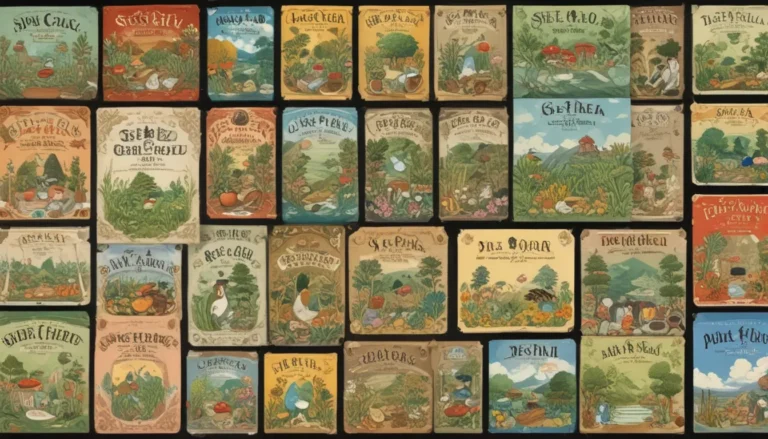Planting, Growing, and Enjoying Snow Peas

If you’re looking to add a tasty and nutritious vegetable to your garden this season, look no further than snow peas. Also known as sugar peas or Chinese pea pods, snow peas are part of the legume family and perfect for the home gardener. These crisp and crunchy pods are not only delicious but also easy to grow, making them a popular choice for many gardeners.
Cultivation and History
History: Pea plants were domesticated as far back as 6,000 BCE in regions such as Thailand, Burma, the Middle East, and Ethiopia. The flat-podded snow pea variety has been around since the 16th century, with debates about its origin ranging from China to Europe.
Cultivation: Snow peas can withstand cool weather and are best planted at the tail end of winter, a month before the last frost. Ideal soil pH ranges from 6.0 to 6.8, and full sun exposure is preferred.
How to Sow
The most reliable method for propagating snow peas is through direct seeding into containers, raised beds, or gardens. Plant seeds two inches apart and an inch deep, ensuring the soil is well-draining and fertile. Sow seeds directly outdoors to avoid transplant shock, but if starting indoors, use biodegradable pots.
Sowing Tips:
– Plant in full sun or part shade.
– Space seeds two inches apart and rows 18-24 inches apart.
– Use inoculants to help legumes form root nodules for nutrient extraction.
How to Grow
After germination, provide supports for vining varieties and keep the soil consistently moist. Mulch around young plants to retain moisture and suppress weeds. Monitor for pests like aphids, leaf beetles, and moths, and ensure the plants are disease-resistant.
Growing Tips:
– Provide supports for vining varieties.
– Water at the soil line to prevent disease.
– Mulch young plants with natural materials.
– Pay attention to thinning, weeding, and pest management.
Cultivars to Select
Snow peas offer a range of cultivars with varying pod sizes, colors, and growth habits. Some popular cultivars include:
– Golden Sweet: Tender yellow pods with edible blossoms.
– Little Snowpea Purple: Ideal for containers, producing crunchy pods with purple blooms.
– Mammoth Melting: Produces large, stringless pods on tall vines.
– Oregon Sugar Pod II: Disease-resistant with medium-sized pods.
– Snow Max: Bush variety with semi-stringless green pods.
– Snow Royal: Delicate pods with pink blooms for edible landscaping.
Managing Pests and Disease
Snow peas are prone to diseases like powdery mildew and pests such as aphids, beetles, and slugs. Disease-resistant varieties and regular monitoring can help prevent infestations. Use organic pest control methods such as handpicking and natural predators to maintain plant health.
Pest and Disease Management:
– Use row covers to prevent herbivores.
– Control aphids, beetles, and moths with organic methods.
– Monitor for powdery mildew and other diseases.
– Rotate crops and maintain plant health for disease prevention.
Harvesting and Storage
All parts of snow pea plants are edible, from shoots to pods and flowers. Harvest shoots and flowers early in the day, and pick pods when they reach the optimal size, usually 3-4 inches long. Store harvested pods in the fridge in an airtight container for up to five days or freeze them for long-term storage.
Harvesting Tips:
– Pick shoots, flowers, and pods at the optimal size.
– Store harvested pods in the fridge or freeze for extended shelf life.
Preserving
Freezing is the best method for preserving snow peas, as it retains their flavor and texture best. Blanch pods in salted water, then freeze in portions for up to nine months. Use frozen peas in stir-fries, salads, or as a side dish to enjoy the taste of homegrown veggies year-round.
Preservation Tips:
– Freeze blanched pods in portions for up to nine months.
– Use frozen peas in stir-fries, salads, or side dishes.
Recipes and Cooking Ideas
Snow peas are versatile in the kitchen and can be used in a variety of dishes, from stir-fries to salads. Try grilling snow peas, adding them to Asian-style dishes, or enjoying them raw with a tasty dip. Experiment with different cooking methods to savor the fresh and vibrant flavors of homegrown snow peas.
Recipe Ideas:
– Try homemade chicken chow mein with fresh snow peas.
– Grill snow peas for a veggie and soba noodle salad.
– Create an asparagus and snow pea salad for a flavorful side dish.
Whether you’re a seasoned gardener or new to planting vegetables, snow peas are a delightful addition to any garden. With proper cultivation, maintenance, and harvesting, you can enjoy a bountiful harvest of crisp and nutritious pods to savor fresh or preserve for later use. Happy gardening and bon appétit!





